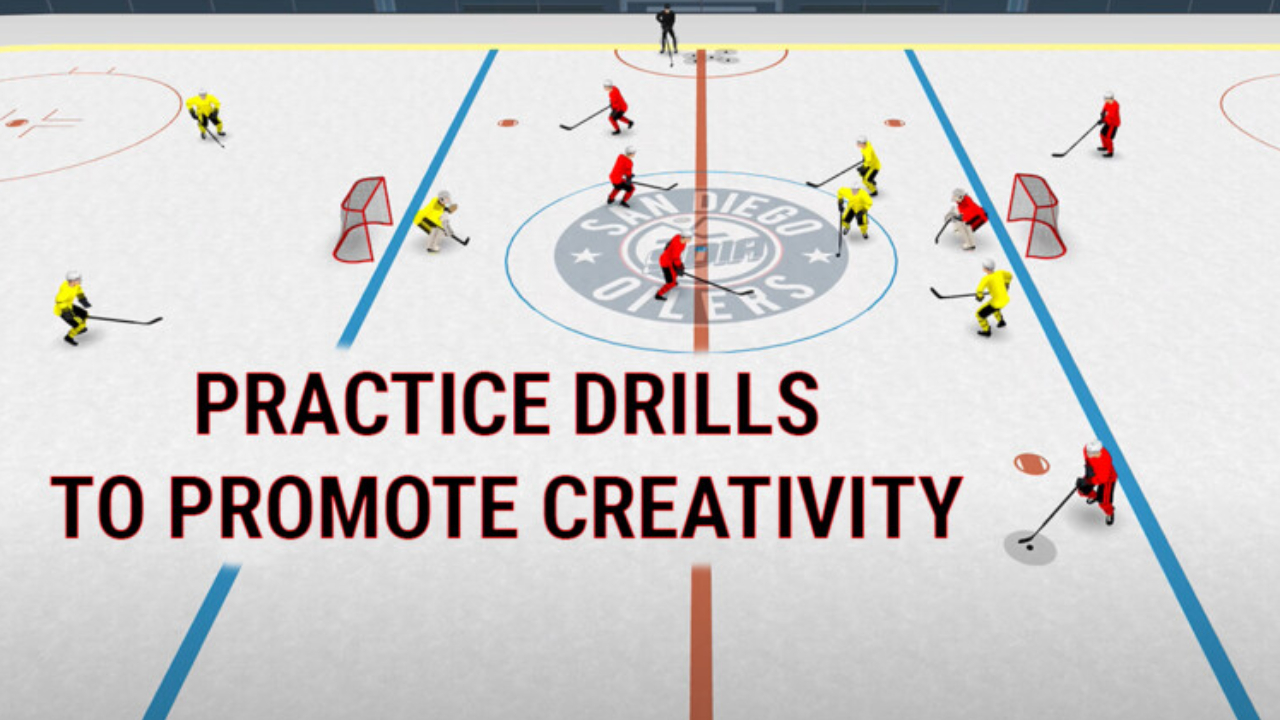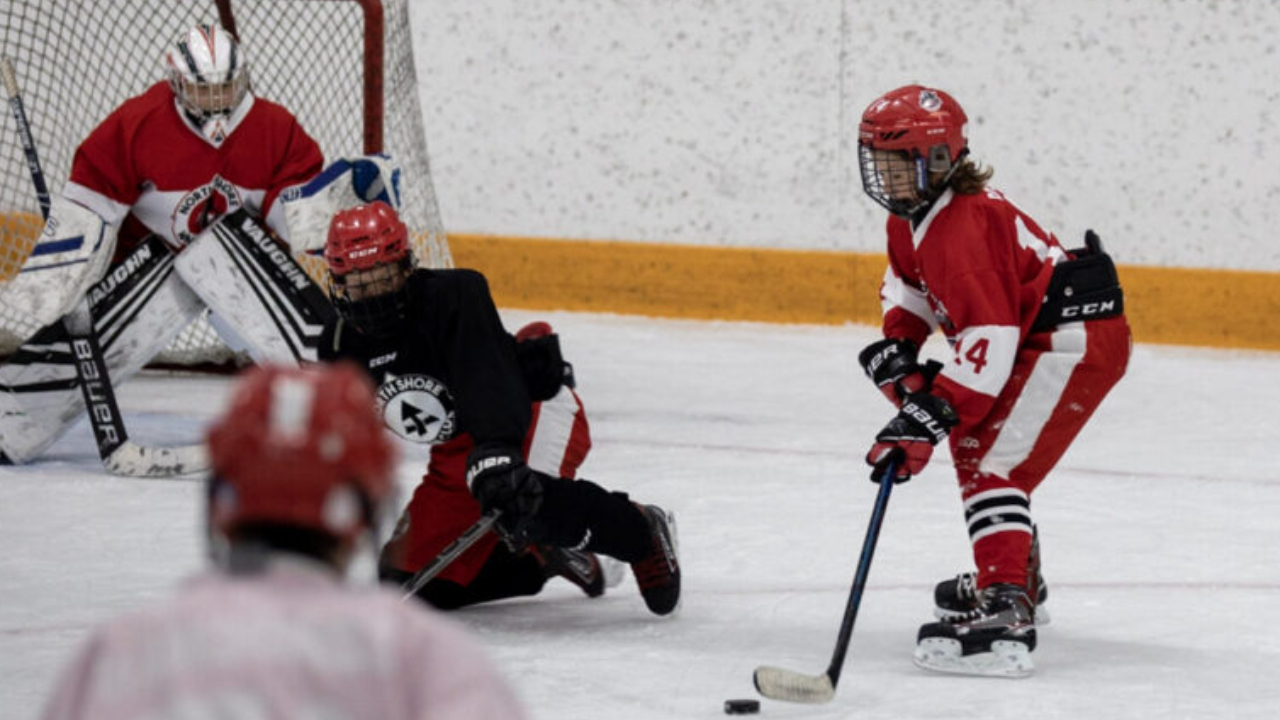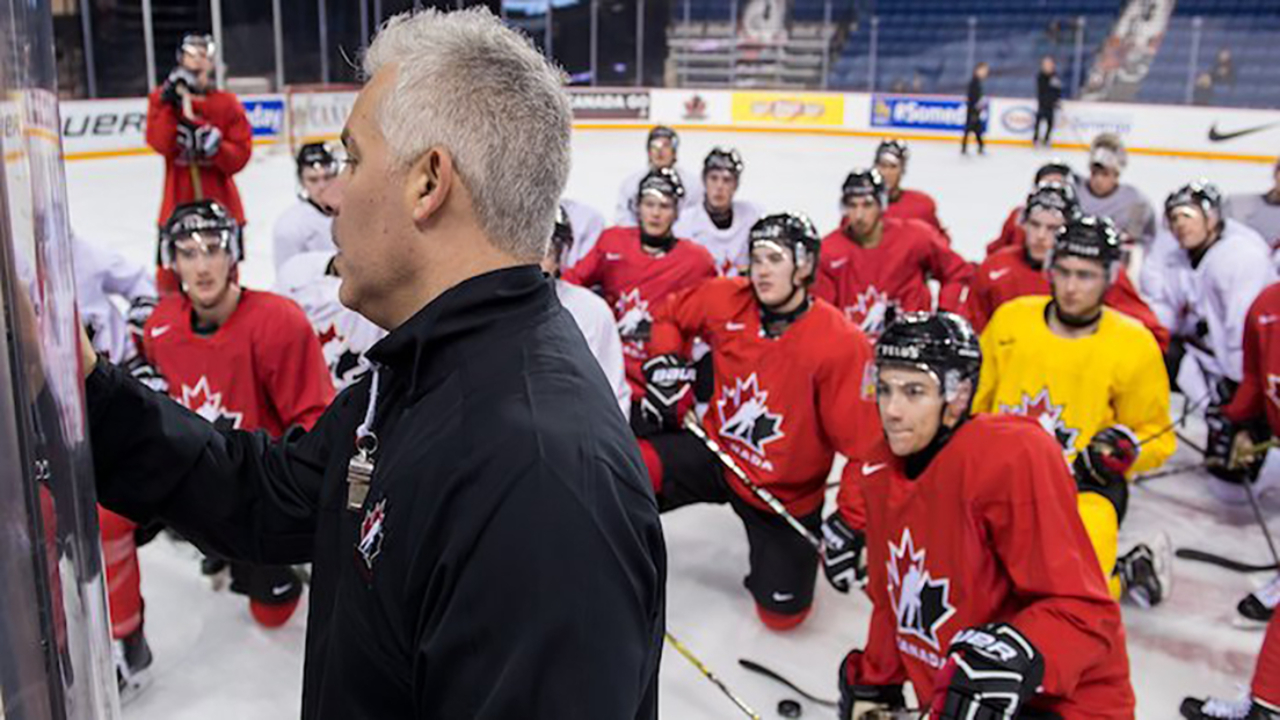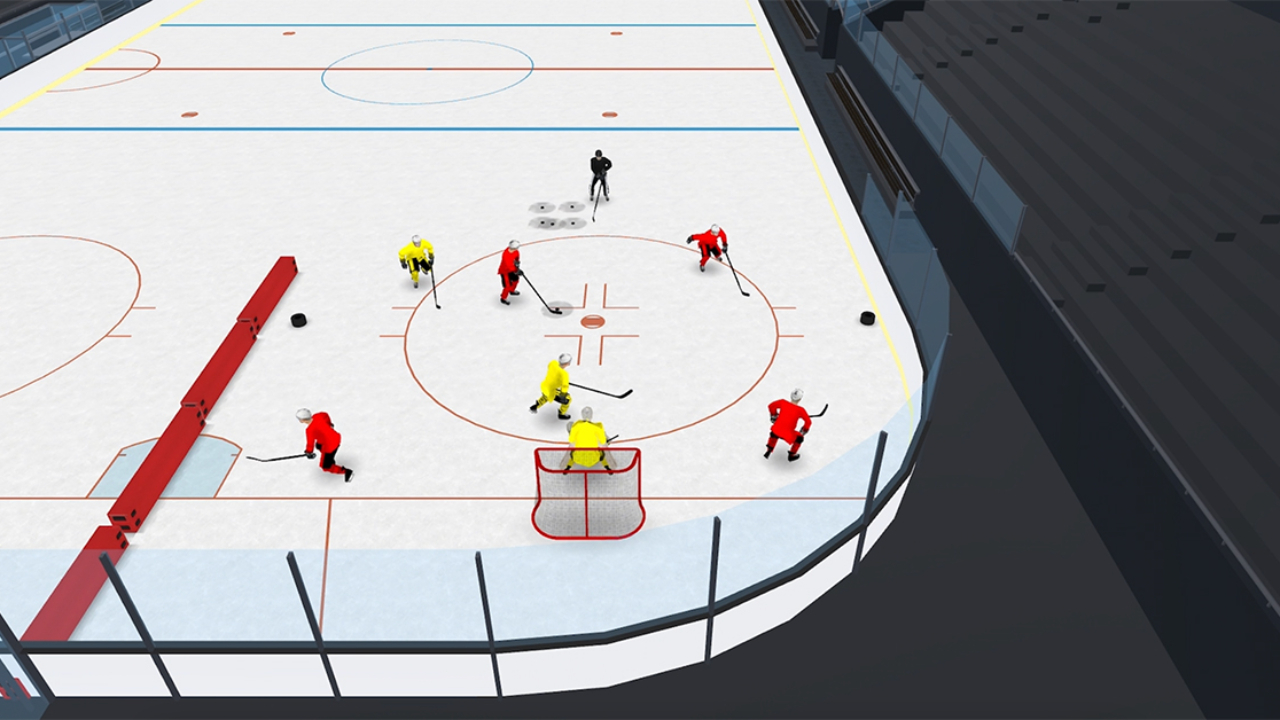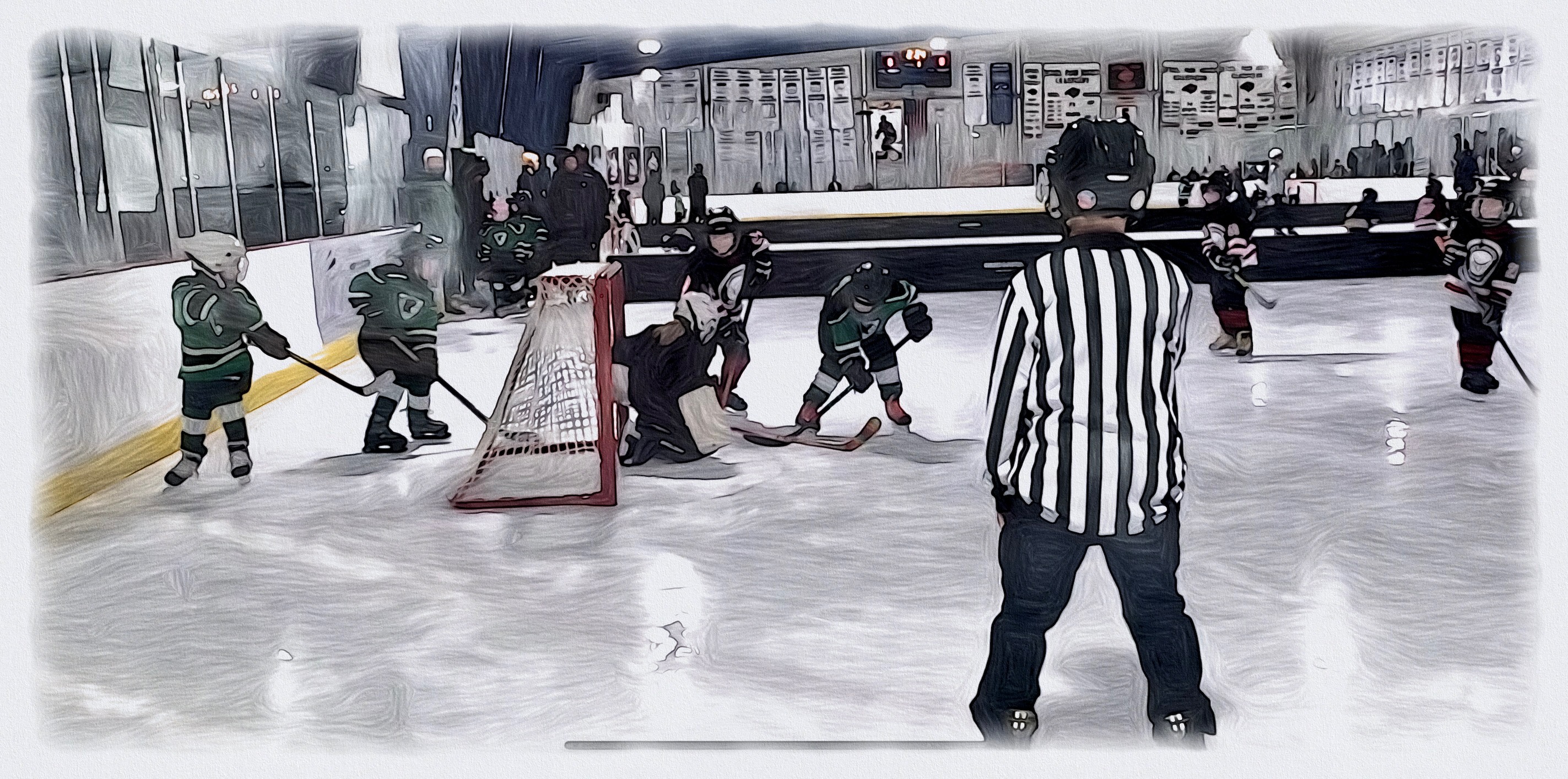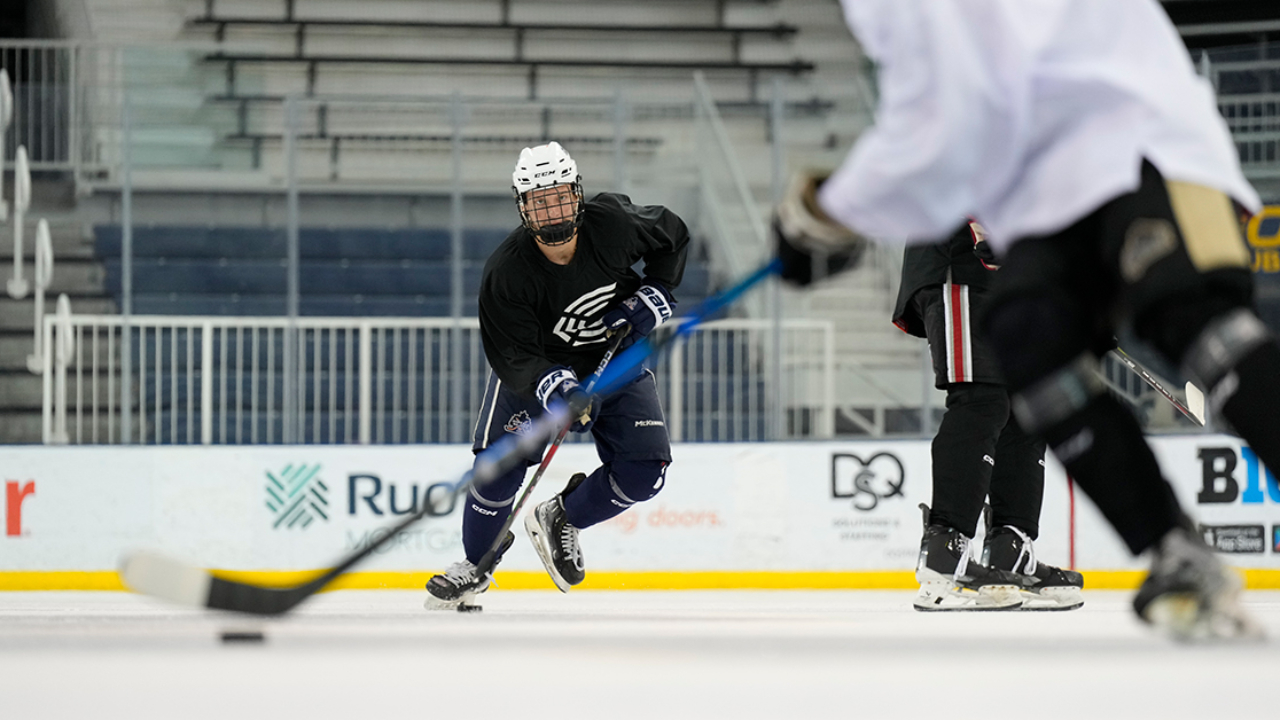
Creativity in hockey is about thinking quickly, adapting to situations, and finding unique ways to beat your opponent. It’s not just about flashy plays—it’s about being smart and able to not only solve problems, but create problems for the other team.
What Does It Mean to Be Creative?
Creative hockey players solve problems on the fly. Every shift requires decisions: breakouts, passing options, and how to beat defenders etc. Players like Sidney Crosby and Connor McDavid don’t rely solely on following orders; they think on their feet, creating plays no one expects.
How to Become a More Creative Player
-
Observation & Awareness: Watch the game closely and anticipate plays. Creativity starts with reading the game better than others.
-
Try this: Watch a player off the puck during a game. How do they move to get open or create space?
-
-
Take Risks: Trying new moves, even if you fail, helps you grow. Don’t be afraid to make mistakes.
-
Try this: In practice, test out a deke or saucer pass. You might surprise yourself.
-
-
Play shinny games with your buddies on the ODR: Tight spaces force fast, creative decisions. These are great for building quick thinking.
-
Try this: When the weather cooperates, get your buddies together and go PLAY! You can also try asking your coach for more 3-on-3 scrimmages or other SAG’s to work on handling pressure and making creative plays.
-
-
Learn from Others: Watch different leagues and styles. International or women’s hockey can show you new techniques.
-
Try this: Attend some games of players 1-2 years older than you and watch what makes the best players the best players. Pay attention to their habits while on the ice.
-
-
Visualize Success: Picture yourself making creative plays before they happen. Mental rehearsal boosts confidence.
-
Try this: Before games, visualize how you’d handle a 2-on-1 or breakaway situation and see yourself being successful with it.
-
For Parents: Encouraging Creativity
Parents play a key role in fostering creativity. Here’s how you can help:
-
Encourage Mistakes: Praise effort and let your child know mistakes are part of growth.
-
Allow Freedom: Don’t over-coach. Give your child space to make their own decisions and develop instincts.
-
Focus on Development: Prioritize their skills and creativity over winning. There are countless numbers of factors that determine wins in minor Hockey, with 99% of them being out of your control. Control what you can control and try not to worry about what you can’t.
-
Diversify Play: Different forms of hockey or even other sports stimulate creativity. Inline, ball hockey, basketball, lacrosse or soccer help players see the game in new ways.
What Holds Creativity Back?
Creativity is stifled by overly structured systems, fear of mistakes, and focusing too much on winning. Players need the freedom to experiment without being punished for errors.
For Coaches: 4 Tips to Promote Creativity Within Team Structure
-
Incorporate Small-Area Games: These encourage quick thinking and improvisation, which helps players become more adaptable. Structure these games around your systems, so players learn how to make creative plays within your team’s framework.
-
Example: Use small-area 2-on-2s or 3-on-3s that replicate how you want to play the game. For example, if you want an f3 high in the OZ, design games that encourage or require players to read off one another and have a high player.
-
-
Encourage Risk-Taking in Low-Risk Areas: Let players experiment in parts of the ice where a turnover won’t directly lead to a scoring chance for the other team. This allows players to be creative without fear of costly mistakes.
-
Example: Encourage creative plays in the offensive zone, where players have more leeway.
-
-
Provide Multiple Options in Drills: Design drills that offer several solutions, rather than just one prescribed route. This allows players to think and choose the best option in the moment, fostering better decision-making and creativity within structure.
-
Example: In a breakout drill, let players decide whether to pass off the boards, go behind the net, or use a middle lane option.
4. Reward Creativity and Effort, Not Just Execution: Focus on the intention behind creative plays, even when they don’t work. Acknowledge the effort, and players will feel more comfortable trying new things that fit into your system.
-
Example: Praise a player for attempting a creative pass in the offensive zone, even if it didn’t connect, as long as it supported your game plan.
-
Creativity is a Skill
Creativity, like skating or shooting, can be developed. Take risks, experiment, and don’t fear failure. To parents and coaches—encourage this mindset, and creativity will follow. The more creative a player becomes, the more they will stand out—and help elevate their team.

